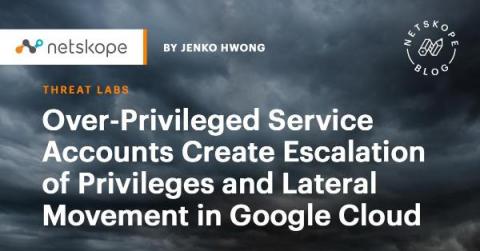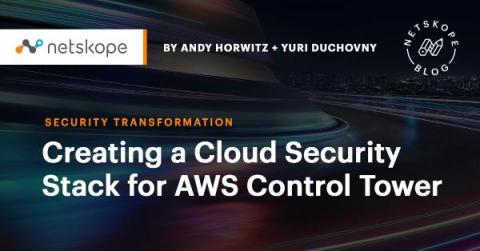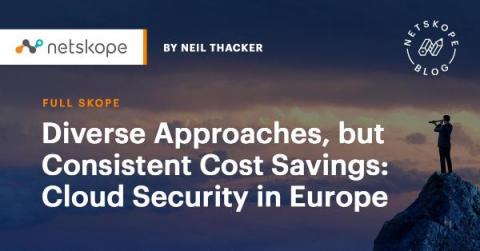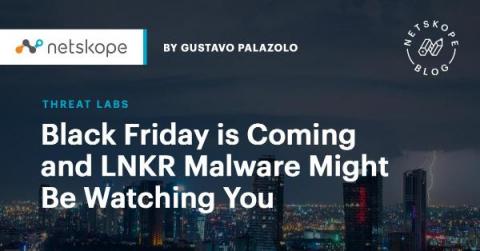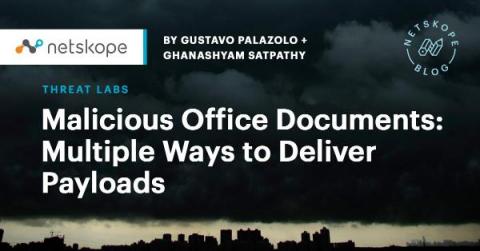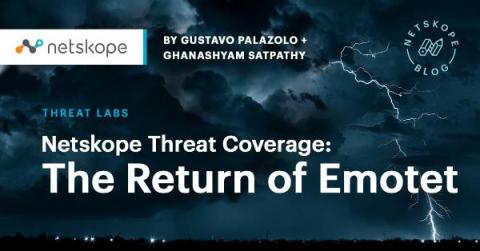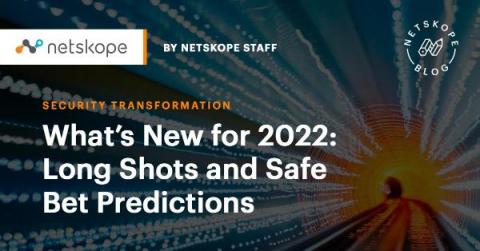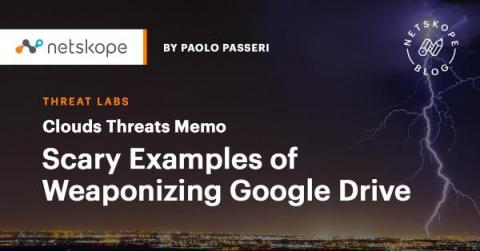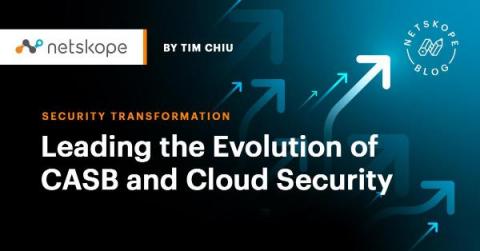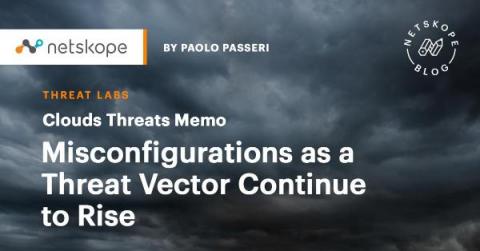Over-Privileged Service Accounts Create Escalation of Privileges and Lateral Movement in Google Cloud
In this blog, we’ve analyzed data from Netskope customers that include security settings of over 1 million entities in 156,737 Google Cloud (GCP) projects across hundreds of organizations (see Dataset and Methodology for more details on the dataset). We will specifically look at the configuration of service accounts, see what’s commonly occurring in the real world, and analyze how multiple security misconfigurations can lead to escalation of privileges and lateral movement.


